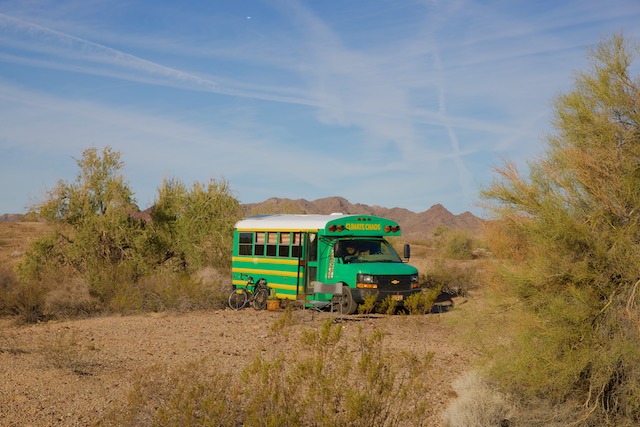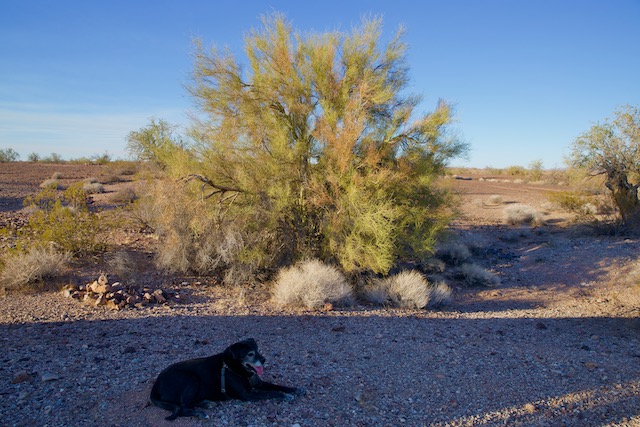NJ Forestry Task Force Starts Off – Late And On The Wrong Foot
Issue Priority Survey Includes Logging And Ignores Critical Issues
Just one day after I wrote a critical post about delays in getting started and NJ Audubon’s leadership of Senator Smith’s Forestry Task Force, today I received the Task Force’s Issues Priority survey:
In order to guide our priorities and focus, we would like to get your input with a short but critical survey here. This survey will help inform the top priority subjects that the Task Force will consider and report on to the legislature.
The results of the survey will also inform the individual workgroups to be created. At our April 28th kick off meeting we will discuss the workgroups being formed and how to sign up to participate. You will have the opportunity to join any workgroup that you have an interest in and would like to contribute to.
I urge folks to hit the link above and participate in the priority issues survey.
Unfortunately, in addition to being very slow to begin deliberations, the Task Force’s issues survey raises concerns.
The Survey lists 10 forest management issues and solicits a ranking of each from 1 (highest priority) – 10 (lowest priority).
Only a single value may be assigned to each priority issue, e.g. you can’t rank several issues #1 high priority and several issues #10 low priority.
The 10 issues capture many of the current controversies, but there are significant flaws that are troubling, both in terms of what issues are included and issues that are omitted.
First of all, the list of 10 issues includes “Timber harvesting” (logging).
It was my impression, based on Senator Smith’s remarks in forming the Task Force, that timber harvesting was off the table. Why is it included as a question?
Equally of concern, the “timber harvesting” issue is described as a subset of “active management”. This creates a misleading impression that all forms of “active management” must include and are limited to “timber harvest”. That is just not true.
Relatedly, “Active management” is played off in binary “either/or” fashion to “Passive management”, setting up a direct conflict and a false choice. Plus, the term “passive” has a negative connotation and is obviously being used as an alternative to “preservation”.
Worse, “passive management” is restricted in scope to “protected areas”. This implies that “protected areas” (preserved? or with regulatory protections?) are limited. In contrast, “active management” has no such limitation.
Similarly, there is a question clearly indirectly related to logging, “economics of managing public forests”. While I raised them to highlight DEP’s own economic research, the economic issues were rarely even discussed – why are economics considered when other important science and policy issues are ignored?
The survey failed to include important issues, including:
1) water resources (i.e. water quality, water quantity, fisheries, and aquatic ecosystems).
2) forest planning frameworks
3) regulatory issues
4) expanding and enhancing public involvement
5) development threats (warehouses, industrial solar, residential, pipelines, “linear development”)
6) governance and inter-governmental coordination (role of municipalities regarding land use issues)
7) urban forestry
8) air quality
How could the Task Force omit consideration of the priority issues related to protection of water resources? That is a primary goal of the Highlands and Pinelands Acts, where most NJ forests are located.
Wow.
I have my suspicions – which I won’t go into here today – about why each one of these issues were ignored.
Off to a slow start, with troubling signals on the policy substance.

